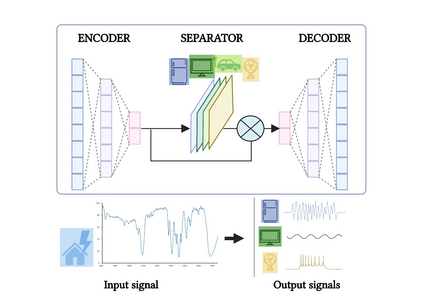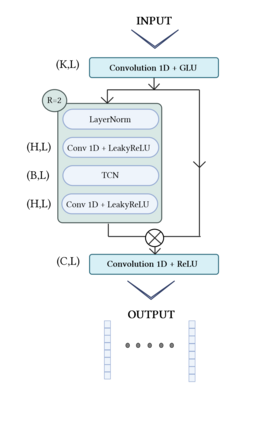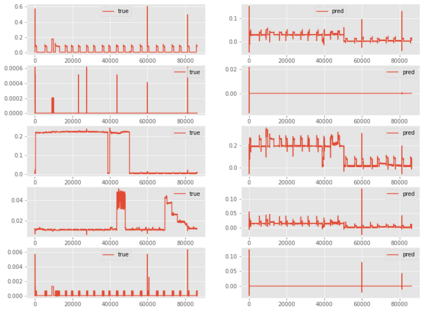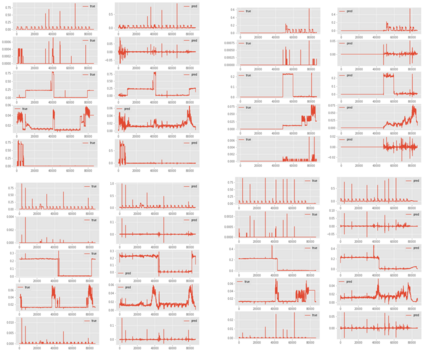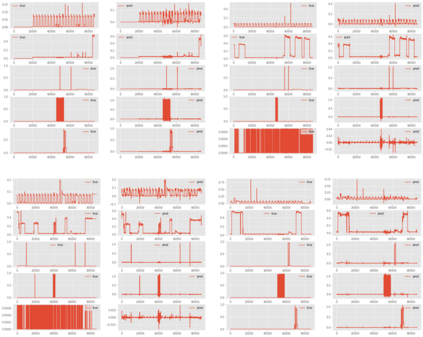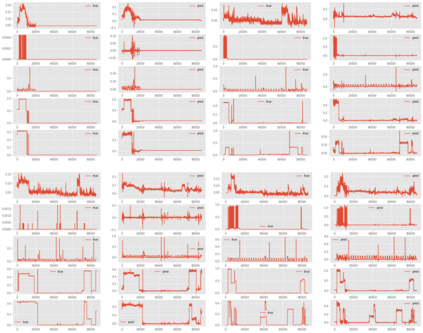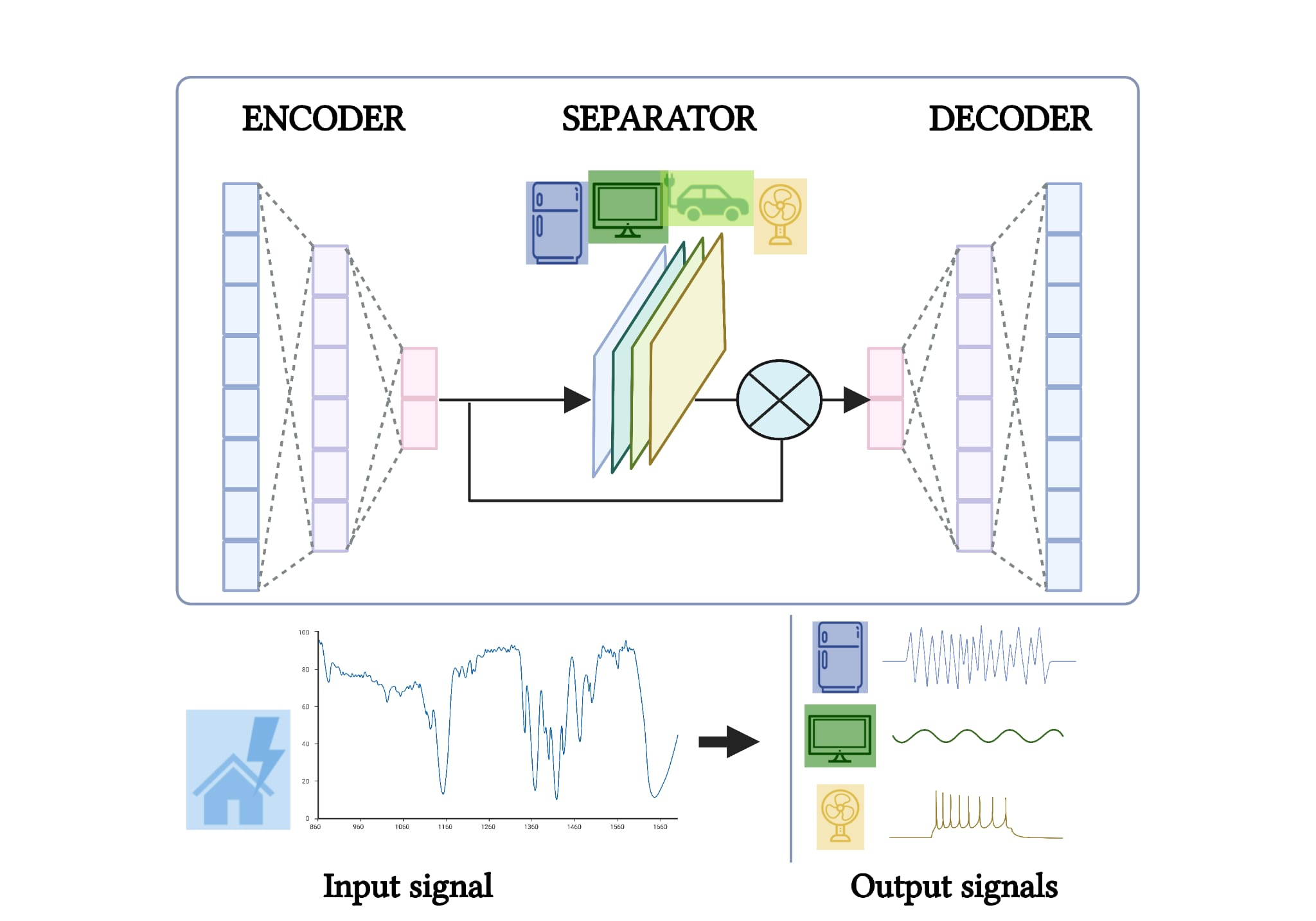Non-Intrusive Load Monitoring (NILM) seeks to save energy by estimating individual appliance power usage from a single aggregate measurement. Deep neural networks have become increasingly popular in attempting to solve NILM problems. However most used models are used for Load Identification rather than online Source Separation. Among source separation models, most use a single-task learning approach in which a neural network is trained exclusively for each appliance. This strategy is computationally expensive and ignores the fact that multiple appliances can be active simultaneously and dependencies between them. The rest of models are not causal, which is important for real-time application. Inspired by Convtas-Net, a model for speech separation, we propose Conv-NILM-net, a fully convolutional framework for end-to-end NILM. Conv-NILM-net is a causal model for multi appliance source separation. Our model is tested on two real datasets REDD and UK-DALE and clearly outperforms the state of the art while keeping a significantly smaller size than the competing models.
翻译:非侵入性负载监测(NILM)试图通过从单一的综合测量中估计个人电器使用量来节省能源,从而节省能源。深神经网络在试图解决NILM问题时越来越受欢迎。但大多数使用的模式用于装入识别而非在线源分离。在源分离模型中,多数使用单任务学习方法,即神经网络专门为每种电器培训。这一策略在计算上费用很高,忽视了多种电器可以同时运行和依赖性这一事实。其他的模型不是因果,对实时应用很重要。在Convtas-Net的启发下,我们建议使用Conv-NILM-net,一个全演进式框架,用于终端到终端的NILM。Conv-NILM-net是多功能源分离的因果模型。我们的模型在两个真实数据集REDD和UK-DALE上测试,明显超越了艺术状态,同时保持比相互竞争的模型小得多的规模。

